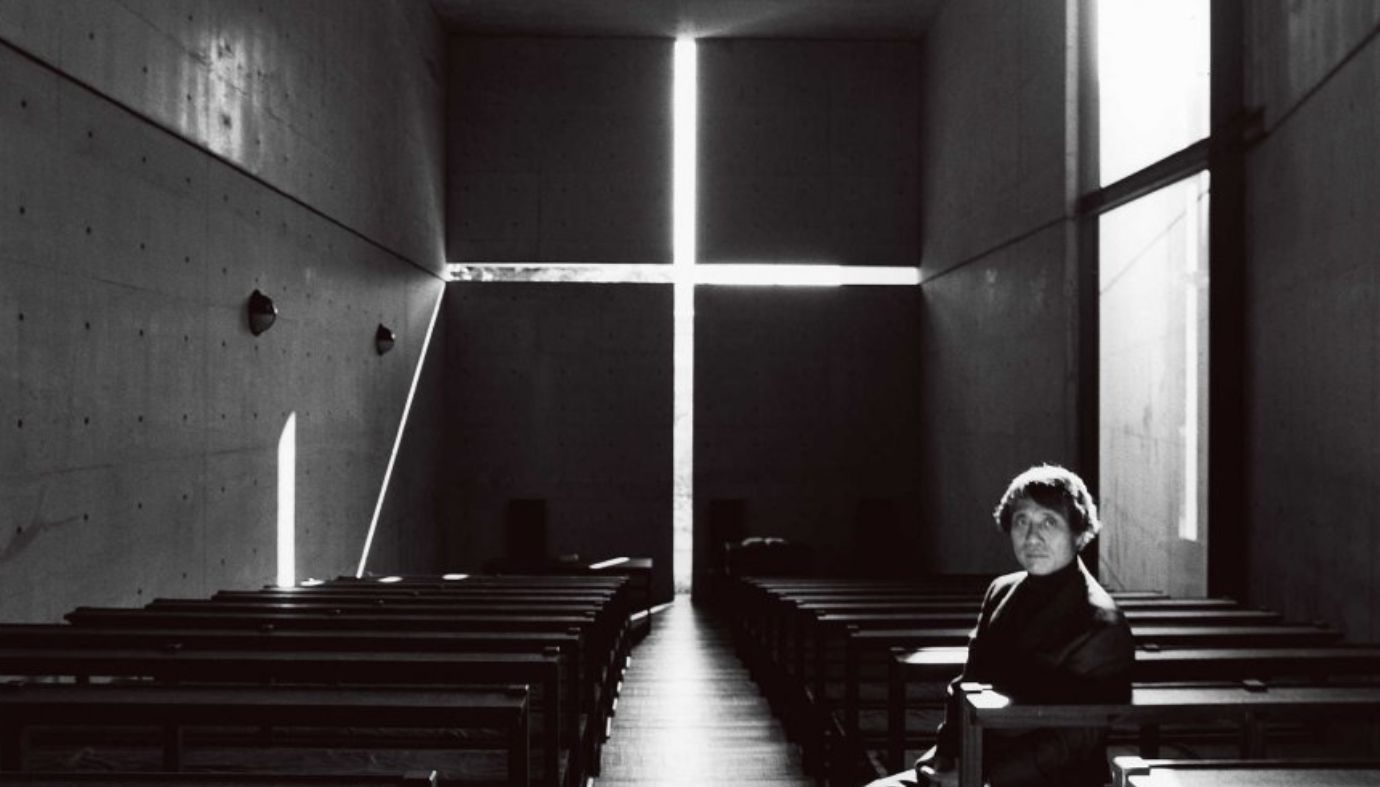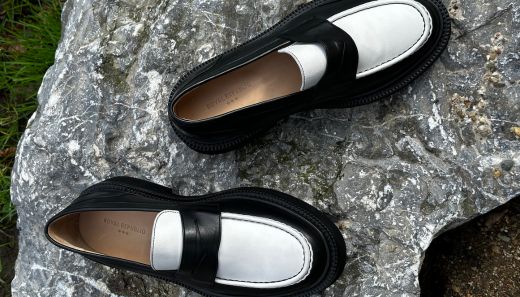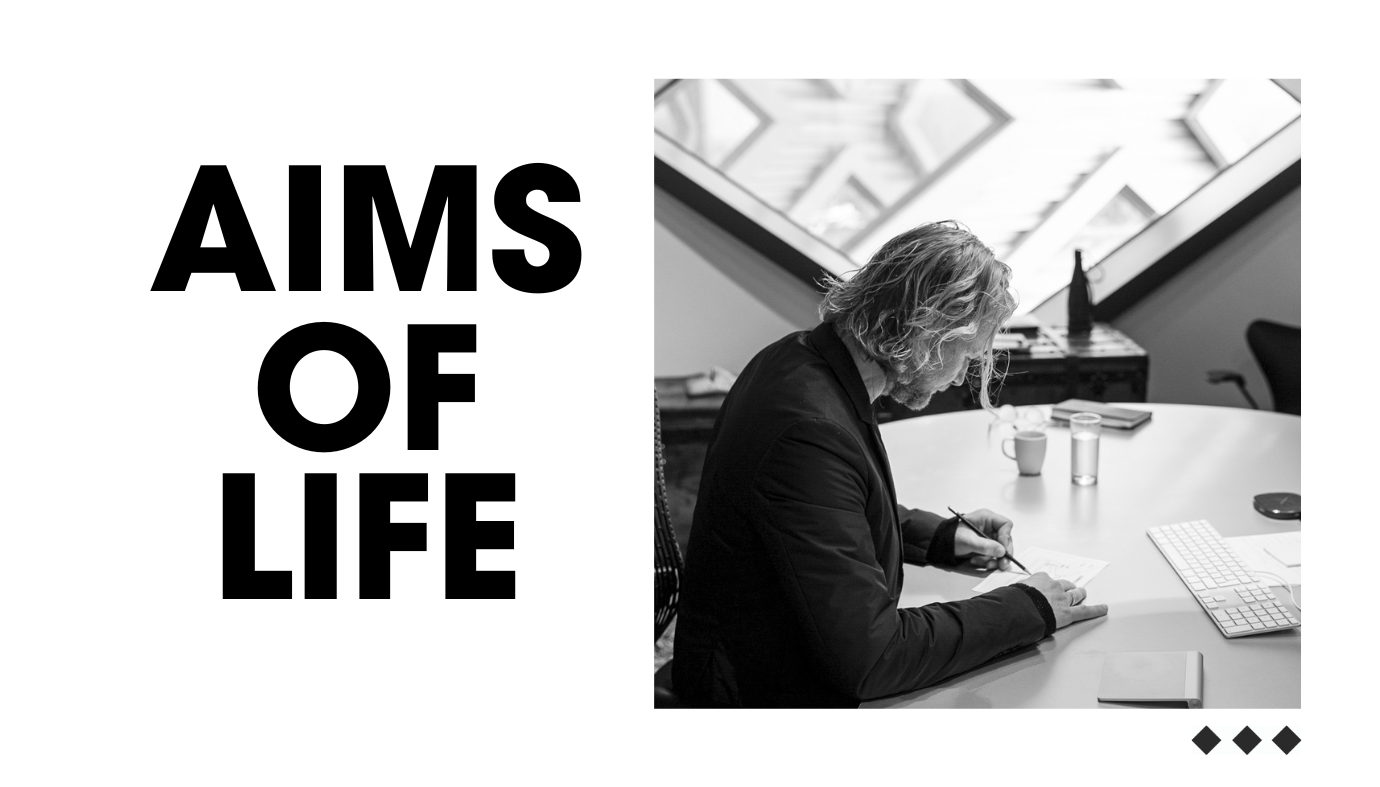
Concrete Elegance: The Timeless World of Tadao Ando
"Architecture must be felt from within. It's a physical experience. Sketches, models, photographs – that's only half of it. Good architecture always establishes a relationship with the viewer. Perhaps, there is no more emotionally charged form of art." - that’s the philosophy Tadao Ando, a once self-taught architect and now a key figure of modernist architecture, is instilling in his students today.
As a child born in Osaka, Japan Ando crafted paper airplanes and assembled miniature houses. Subsequently, there was a considerable gap in the pursuits of a future Pritzker laureate (a sort of Oscar of architecture). Instead, he became a common laborer, then transitioned to a truck driver and even a professional boxer. Until one day, he stumbled upon an album of Le Corbusier works, which pivoted the entire trajectory of his life.
After saving some money, Ando began touring around the globe to witness all the architectural wonders that had been captivating him all this time. He explored Japan, delving into its tradition, then Marseille to see Le Corbusier’s 'Unité d'Habitation,' and the United States for Frank Lloyd Wright and Louis Kahn. In 1969, captivated by the natural beauty of textures, and the impermanence of nature and human beings, he opened his first bureau. At present, Ando’s portfolio boasts nearly two hundred projects, the majority of which are situated in Japan.
Even though Tadao Ando resonated with idealized architecture as thinking and always said: "it [architecture] should like ideals and reality, remain between fictive and the substantive," he didn’t see it as a solution for society’s organization but rather a thoughtful view on the feeling of life. Raw materials and space are the primary ways in which Ando achieved to translate such a philosophical idea so deeply rooted in the Japanese spirit of Zen.
A very unconventional choice of material for the local tradition - his velvety concrete. Perhaps, an homage to modernists? Not only. Ando believes that no material is more expressive:
Tadao Ando's architecture is akin to haiku poetry. The harmonious combination of materials often considered unaesthetic by many, such as roughly treated concrete, white light, pure sunlight, and clear forms, imparts a certain lightness and spiritual essence to the structure, bringing people the feeling of stability and hope for the future.
One of such creations is the Church of the Light (1989) in Ibaraki, Japan, which brought the architect worldwide acclaim. In the concrete wall behind the altar, a cross is carved, illuminated during the day by natural light, creating an ethereal atmosphere in the space. Currently, all the openings in the chapel are glazed, but initially, no protection was intended; moreover, Ando envisioned the space without a roof. By becoming sealed, the chapel has partly lost its somewhat primal, wild allure. "Indeed, coexistence with nature is a perpetual theme in my architecture," he explains.
“And this motif has not disappeared, but architecture must also serve specific functions. Finding the balance between everything is not easy. In design, I always find it challenging to draw the line between nature and artificiality."
Japan is home to many other of Tadao’s architectural masterpieces apart from the Church of the Light. Few of them are Garden of Fine Arts (1994), Chapel of the Wind (1986), Prefectural Museum of Art (2002). However, one of his latest significant projects is located in Paris, France – Bourse du Commerce, a creation of an old friend, billionaire Francois Pinault.
|
|
 |
 |
| Church of Light | Teatrino Palazzo Grassi | Hotel Benesse House |
This project entailed the reconstruction of a historical building, formerly a stock exchange, and within this vast cylindrical space, Ando erected a nine-meter rotunda made of light gray concrete. It became a striking example of the trendy approach to breathing new life into historic structures, a practice not particularly celebrated by either himself or his home country in the past. “Transforming old buildings is crucial not only in terms of resource efficiency but is also a key theme in the development and future prospects of modern architecture”, believes Ando.
Tadao Ando burst onto the architecture scene at a time when the decorative excesses of postmodernism and the engineering fetishes of hi-tech were being diluted by corporate-commercial motives. His minimalist homes, dramatic chapels are a kind of rebellion, a stubborn return to the fundamental principles of early modernism. Yet, true to its culture - infused with contemplative aesthetic wisdom and an indomitable spirit.
"Architecture should not speak too much. It should remain silent and allow nature to tell everything that is needed."






Leave a comment
This site is protected by reCAPTCHA and the Google Privacy Policy and Terms of Service apply.